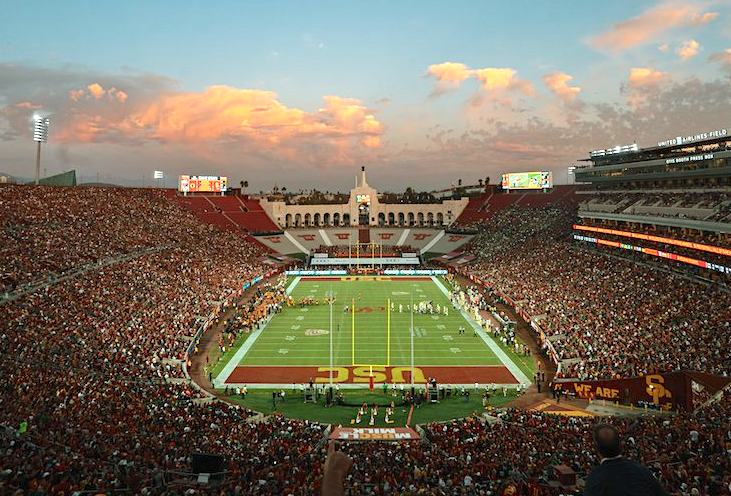On December 1, the University of Washington Huskies and University of Oregon Ducks played the Pac-12 Football Championship Game, one of the most hotly anticipated matches of the college football season. It also marked the final Pac-12 Football Championship game played, perhaps forever.
Next year, the Pac-12 will become the Pac-2, with only two schools (Washington State and Oregon State) clinging to the ashes of the college football conference. All of their former peers have jumped ship for other conferences across the nation, part of a nationwide trend towards conference realignment. The rationales for this realignment are myriad: television deals play a major role, as does the increasing professionalisation of collegiate sport in the Name Image Likeness (NIL) era.
The result has been the collapse of one of the most iconic sports conferences in American history, once known as the “Conference of Champions” and home to the greatest athletic and academic powerhouses of the West Coast. The Pac-12 is nearly half as old as America as a country, and it disintegrated in a matter of months.
The conference realignment has led to a protracted legal battle among the Pac-12 and its universities. It means iconic statewide rivalries will no longer be played, like Oregon vs. Oregon State and Washington vs. Washington State. For athletes at the realigned schools, it also means participation in conferences driven by college football money rather than geographic concerns. In a country the size of America, this means players will traverse thousands of miles on a weekly basis for matches. What makes financial sense for college football is impacting the experience of thousands of student-athletes in other sports.
Only time will tell where Oregon State and Washington State end up playing, how next season’s realignment will play out, and how such realignment will impact the recruitment and retention of student athletes across NCAA athletics. Yet as college football bids goodbye to an iconic conference and its associated rivalries, I can’t help but feel that the unique and unparalleled experience of American collegiate sport has been lost to the demands of 21st-century capitalism.
There is a lot of money to be made on these young athletes, but at what cost?
“USC vs University of Oregon November 2019 (cropped)” by CanonStarGal is licensed under CC BY-SA 4.0.

